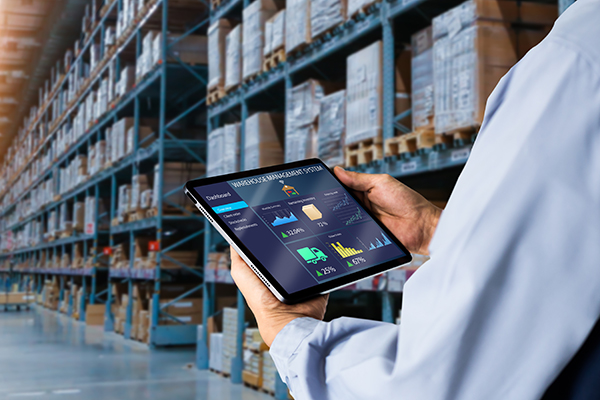Let’s face it—managing inventory in retail has never been easy. Between shifting consumer preferences, seasonal spikes, sudden supply chain hiccups, and the age-old issue of overstocking (or worse, stockouts), it’s a never-ending juggling act. That’s why more and more retailers are leaning heavily on inventory management systems.
But here’s the question:
Are these systems truly transforming retail for the better, or are we trading too much of that human touch for algorithms and automation?
The Promise of Inventory Management Systems
Retailers today need to move fast. The modern customer expects availability, speed, and seamless shopping experiences—whether they’re browsing in-store, online, or switching between both. That means your inventory has to be on point 24/7.
Inventory management systems promise to:
- Track stock levels in real time
- Automate reordering before you run out
- Reduce wastage and avoid deadstock
- Sync inventory across online and physical stores
- Generate forecasts based on past trends
- Provide SKU-level insights for smarter decisions
And yes, for many retailers—especially those juggling hundreds or thousands of SKUs—this tech feels like a game-changer.
Why It Feels Like a Game-Changer
Here’s where inventory management systems shine:
Efficiency
Manual stocktaking? Outdated spreadsheets? Constantly second-guessing how much to reorder? These systems eliminate all that guesswork. You get dashboards, alerts, and real-time visibility, which means you’re no longer reacting to problems—you’re preventing them.
Data-Driven Decisions
Instead of relying solely on gut instinct, you now have access to rich data. Want to know which product moves fastest in December? Or which location always runs out of a specific item? It’s all there—instantly.
Multichannel Support
If you’re selling across physical stores, an e-commerce site, and even marketplaces like Lazada or Shopee, a multifunctional inventory system can unify all your sales channels. That means no more overselling or disappointing customers with “Out of Stock” notices after they’ve paid.
But… What About Human Insight?
This is where things get tricky.
While the tech is powerful, it’s not foolproof. Algorithms can crunch numbers, but they don’t understand the why behind sudden shifts in consumer behaviour.
Trends vs. Context
Say a certain jacket didn’t sell last year. The system might suggest not reordering it. But what if this year, it’s suddenly back in style thanks to a celebrity wearing it on Instagram? A human might catch that—an algorithm likely won’t.
Local Knowledge
A system might flag a slow-moving item in your central branch, but your staff knows it sells well in-store only during weekends, when tourists flood the area. That’s context a machine can’t grasp without someone telling it.
Emotional Intelligence
Retail isn’t just logistics—it’s a human connection. A store manager might notice that customers are asking for more eco-friendly options, even if those products aren’t yet top sellers. That kind of insight doesn’t always come from numbers.
Finding the Balance: Tech + Team
The real game-changer isn’t the system alone—it’s how you use it alongside human insight.
The best retailers don’t treat inventory systems as a replacement for their team’s knowledge. Instead, they use the tech to:
- Support smarter decision-making
- Give their staff more time to focus on customer service
- Spot patterns they might have missed
- Free up headspace from repetitive admin tasks
Think of it this way: the system handles the “what,” and your team brings the “why.”
When Inventory Systems Go Too Far
It’s worth noting that over-reliance on automation can backfire. For example:
- Reordering purely based on past data might leave you unprepared for a new product launch.
- Relying on forecast models during unpredictable times (e.g., COVID-19 or sudden supplier shutdowns) can lead to major stock imbalances.
- Letting a system dictate everything without human checks might result in poor purchasing decisions or missed trends.
That’s why it’s crucial to have people who can override, question, or adapt the system’s suggestions when needed.
So, What’s the Verdict?
Are inventory management solutions a game-changer for retailers? Absolutely—especially when used smartly.
They save time, reduce costs, and help businesses scale more efficiently. But they’re not a silver bullet. Without human insight, context, and flexibility, even the best system can fall short.
Final Thoughts
Retail success comes down to agility, awareness, and a solid understanding of your customers. Inventory systems can support all of that—but only when you treat them as a tool, not a replacement for your team’s expertise.
So instead of asking whether these systems are too risky or too reliant on automation, maybe the better question is:
Are we empowering our people to use these tools to their full potential?
If your inventory system works with your team, not against them, that’s when the real magic happens.


